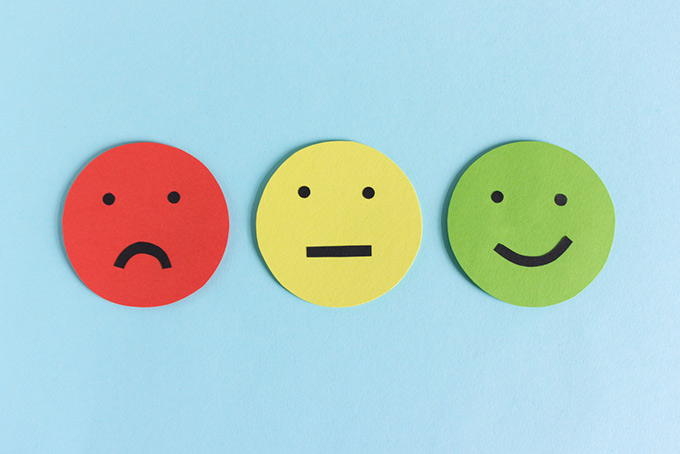If you’re an American, chances are pretty good that you carry debt. In fact, a Pew report from 2015 found that 80% of us owe money. While that means we’re in good company, it also means that most of us are feeling the stress of debt and the strain of repayment.
So, just how much debt is “too much?” Of course, it’s completely personal – you might be OK with shouldering high debt in order to afford your second car, or you might be completely stressed out when you owe your friend for that pack of gum. But a general rule of thumb is to try to keep your debt under 40% of your annual income.
Your Debt-to-Income Ratio
Unsure what your debt load is? Start by determining how your debt compares to your income. Use the same formula that lenders rely on when evaluating a loan application. It’s called your debt-to-income ratio, and it’s your total monthly debt payments divided by your gross monthly income. The result is a percentage that determines your creditworthiness – in short, if lenders believe you’ll be able to repay the loan.
Keep in mind that your ratio typically excludes mortgage and student loans. It does include things like credit card payments, auto loans, medical bills, personal and payday loans, and any other collections you’re being assessed.
Here’s how the typical lender classifies debt-to-income ratio:
- Less than 15%: Your debt load is within an affordable range. You could afford to shoulder more liability.
- Between 15% and 39%: Your debt load is stable but on the high end, especially the closer you are to 40%. See the “yellow flags” and work toward lowering your debt.
- 40% or more: Your debt load is high risk. You have too much debt!
Your “Good” vs. “Bad” Debt
It’s important to remember that debt, in itself, isn’t necessarily a bad thing. For instance, a lot of the debt we’ve racked up is in the form of mortgages. And mortgages enable home ownership, which can be a solid investment. But, of course, a lot of our other liabilities are just that – liabilities – like that out-of-control credit card debt.
Categorize your debt just like Clint Eastwood:
- Good: You got a low-interest fixed loan to buy something that will grow in value, like your house or your small business. Or you got a loan with tax-deductible interest, like your student loan (provided you have utilized that ONLY for tuition, books, and rent).
- Bad: You signed on for a high-interest personal loan to cover that vacation last year. Or you’re still working to pay off your variable-interest auto loan from seven years ago.
- Ugly: You got caught in a high-cost, short-term payday loan with a crazy-high APR. Or you resorted to a loan using your car as collateral.

In addition to the stress it causes, a high ratio full of bad and ugly debts often means you don’t see your debt balance decreasing, despite making regular payments. You’re likely living paycheck-to-paycheck, with nothing left to put toward an emergency fund or retirement plan.
If your debt-to-income ratio is high, taking steps right away – even teeny ones – can help you find more solid financial footing. Try paying down (or off!) your high-interest credit card balances one at a time using “snowball” or “avalanche” tactics. If you end up in the mid-to-high debt range, it might be wise to consult a credit counselor for advice tailored to your specific situation. And those of you facing a high-risk ratio or lots of “uglies” might consider more intensive measures like reaching out to a bankruptcy attorney to see what steps you can take now to avoid heading down that path.
Is your debt too much to shoulder alone? Well, you’re not alone – the team at DebtGuru.com is here to help you work through it all. Contact our experts today to begin your journey out of debt.
